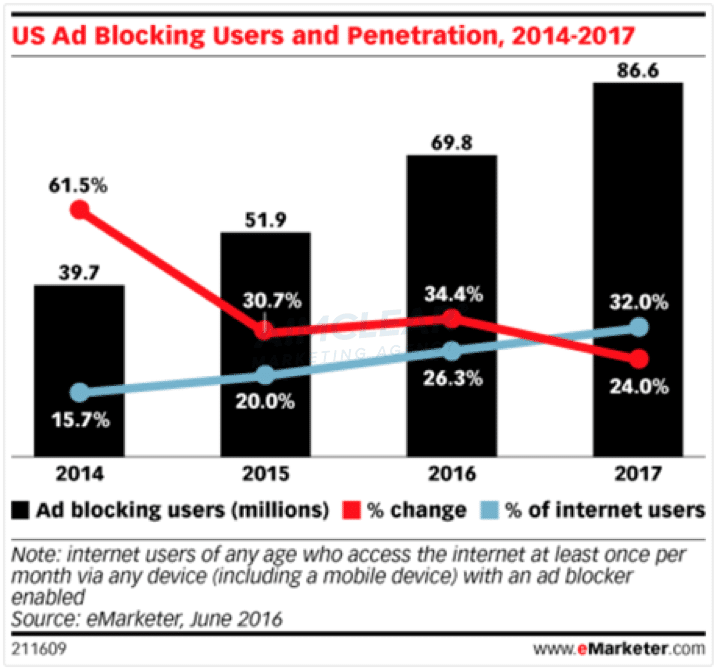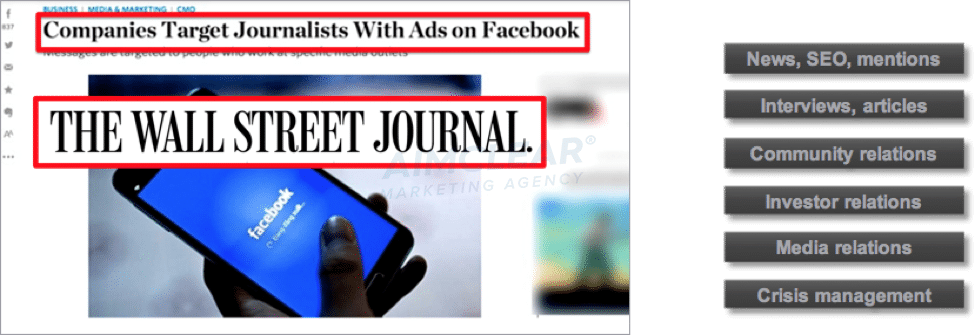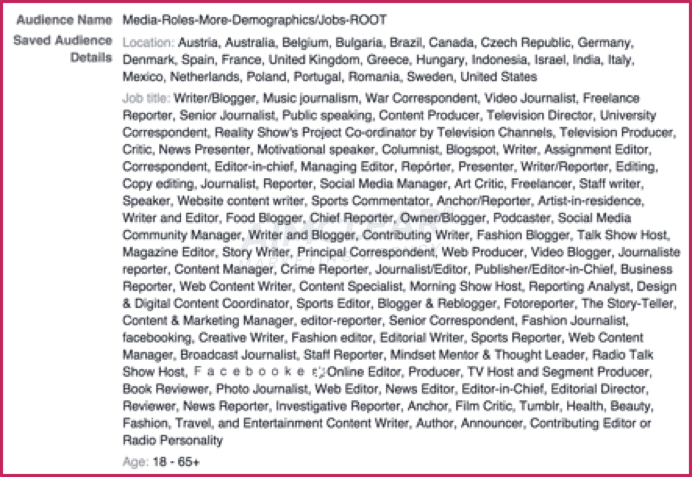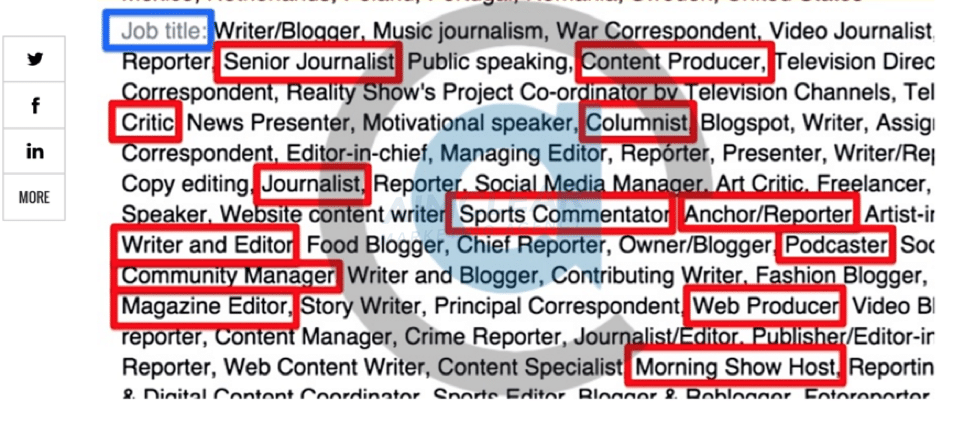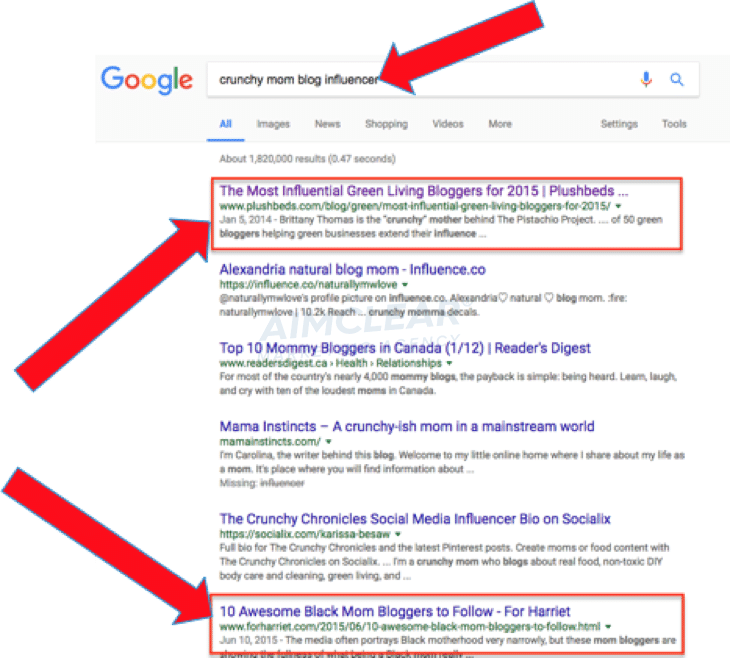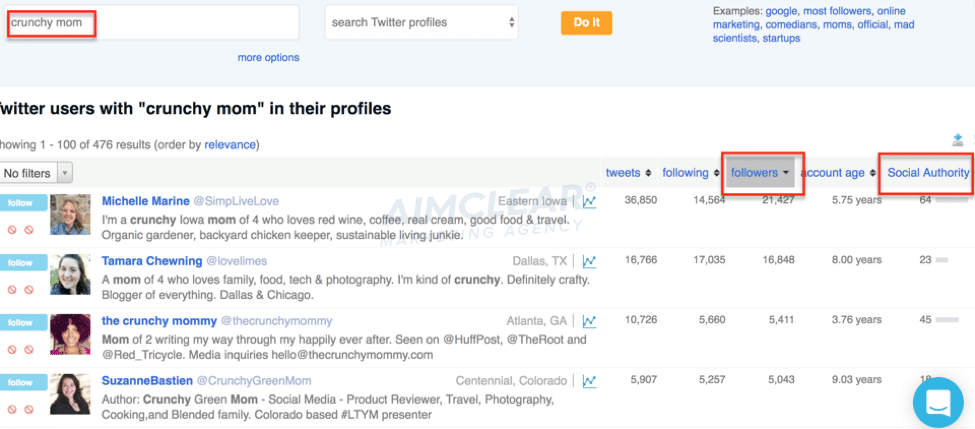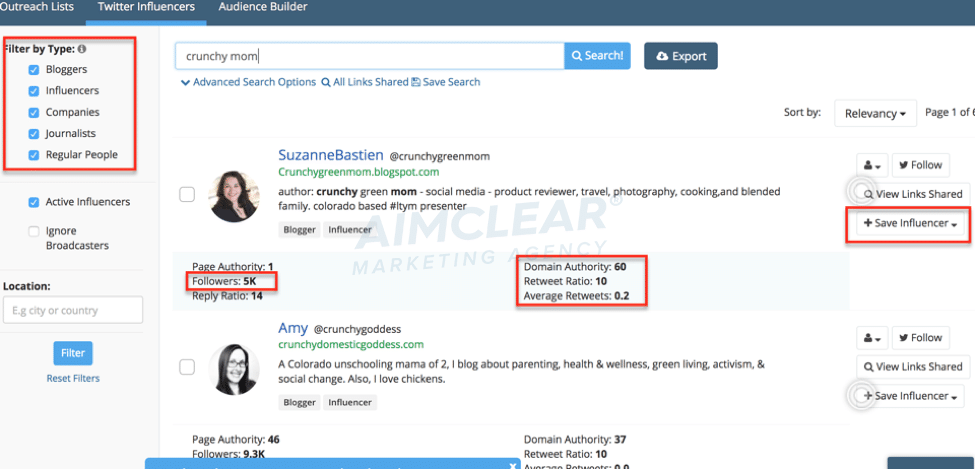Influencer marketing is all the rage, yet it’s definitely not a new concept. Even so, plenty of digital marketers are missing out on key social media methods to get in front of the influencers they’re after.
Case in point: Google trends shows hyper growth in influencer marketing over the last 18 months. When you overlay “influencer marketing” with “digital PR”, you see similar growth patterns.
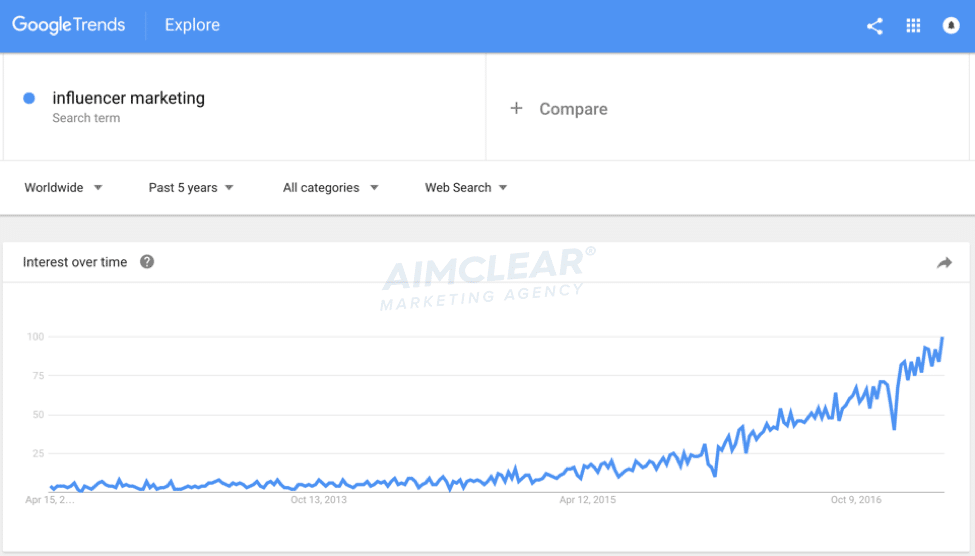
Clearly, it’s hot. Yet how many organizations are using paid social media tactics to drive PR through media influencers to gain legitimate value with major publications, newsworthy mentions and valuable links?
According to Google trends, not enough:
The Seasoned Approach Becomes Fresh
Influencers have been around much longer than the term influencer marketing itself. Jesus, Oprah, Nelson Mandela, Socrates, Gary Vaynerchuck… How about Wheaties boxes? Malcolm Gladwell writes of “mavens” in his book, The Tipping Point. Here, he defines mavens as information brokers who share their knowledge and thoughts simply to help others.
So, how can influencer marketing overlap with SEO, PR and other content programs that contribute to your broader marketing strategy? We’re going to dive into defining the practice of influencer marketing, and how to leverage both paid and organic channels to meet your objectives.
Defining & Understanding the Value of Influencer Marketing
A lot of what we do at AIMCLEAR on the marketing side of the shop involves targeting audiences through various methods: keyword targeting, lookalike modeling, psychographic targeting, real customer data, etc. All of these targeting methods involve message delivery direct from brand to consumer. When it comes to influencer marketing, the approach shifts to using key leaders to deliver the message to their audiences.
Influencers come in many shapes and sizes, as do the audiences their messages reach. Influencers are influential because they’ve built an audience. Anyone considered an authority, person of importance or thought leader could be an influencer. Influencers have earned the trust of their audiences, and this trust impacts the message delivered. As a marketer, it’s critical to ask how you can leverage the networks of influencers to sell your products/services.
Why Is Influencer Marketing Important?
Trust has a big impact on whether or not a user will purchase a product or service from a given brand, and a few studies cite trust as a driving factor in the decision making process:
- Nearly 40 percent of Twitter users say they’ve made a purchase as a direct result of a Tweet from an Influencer. (Twitter)
- 70 percent of teenage YouTube subscribers trust influencer opinions over traditional celebrities. (ThinkWithGoogle)
- 71 percent of consumers are more likely to make a purchase based on a social media reference. (Hubspot)
- 83 percent of consumers trust recommendations from peers over advertising. (Nielsen)
The trust factor for peers is greater than it is for brands.
In addition to building trust, more and more consumers are deploying ad blocking software to weed out messages from advertisers. eMarketer research asserts that roughly 69mm people used ad blockers in 2016, and this number is expected to rise by 24 percent by the end of the year. When influencers deliver the message, they cut through the noise and get the message out directly to the audience.
Working with influencers circumvents this challenge, cuts through the noise, and ensures the message will be delivered without interruption. In addition, influencer marketing enhances the user experience by creating an opportunity for users to experience a brand message in a native format, creating a genuine and authentic message as part of the dialog between brand and consumer.
Paid: Outreach & Targeting Tactics Unhinged
Facebook ads offer brands more than growth and efficiency opportunities to improve ROI; they offer a journalistic medium to reach media professionals chosen to pick up content. For AIMCLEAR, targeting influencers via paid media has been a tactic deployed for many years it’s obtained exposure from major publications. Let’s dig into a case that received coverage in the Wall Street Journal.
Case study setup:
Goal: Earn major publication links & citations for PR, SEO, traffic, buzz, and credibility
Tactics: Amplified Facebook posts to journalists ABOUT amplifying content to journalists using occupational psychographics
Job title targeting: targeting hundreds of media roles & demographics
*Facebook is re-examining job title targeting as we write this post and some of these titles may not be available in your ads manager.
Publication name targeting: target major US newspapers & marketing interests
The results were astonishing! With only a $300 investment, the sponsored content reached a writer at the Wall Street Journal who picked up the story and wrote about the approach. This case study resulted in real leads for AIMCLEAR and helped procure additional new PR / SEO clients.
Organic: Build Relationships Through Trust
Sponsoring paid media for distribution is an important tool to keep in your toolbox, but it is not the only tool. As with any successful integrated strategy, deploying a various array of tactics will shield your efforts from harsh insulation and impact from factors outside of your control. Investing in targeting, media professionals and influencers can yield quick results. Organic, on the other hand, is the long game, and takes time to develop relationships with potential influencers.
Identifying influencers via organic channels takes a bit more legwork, and research to find which ones are right for your brand and audience. There are two main approaches we take on at AIMCLEAR: using Google (free), or tools (paid).
Using Google to Identify Influencers
First, head on over to Google, and type in your query. We usually start with the industry + “influencers” or “bloggers” or “thought leaders”. From here, select through the SERPs for relevant results for which you are seeking.
From here, open up each of these results into a new tab. Content here will often list results of various leaders in the space, their websites, links to their social profiles and other relevant information helpful in establishing a relationship. Recommend setting up an excel or Google sheets to maintain a database of useful info (website url, social handles, main interests etc).
Paid Tools to Help Identify Influencers
There are several tools in market to help identify influencers. Many of them have similar functions, so we’ll highlight a couple that we use and showcase how to gain the most value out of each. The three we’ll focus on are FollowerWonk (Moz), BuzzSumo and Sysomos.
Many folks have paid Moz to help with their SEO efforts, so there is no incremental cost to using FollowerWonk. When using FollowerWonk, you can plug in your queries into the tool, and search for Twitter profiles or mentions. Using a similar query as earlier, the results for “crunchy mom” into FollowerWonk return a list of folks, and you can sort results a few different ways:
- Number of tweets
- Number following
- Number of followers (this is important because it defines potential audience size)
- Account age
- Social authority
BuzzSumo offers similar results, but allows you to select other filtered criteria (Bloggers, Influencers, Companies, Journalists, Regular People). One other benefit of BuzzSumo is the inclusion of a retweet ratio. Looking through potential influencers to partner with, you’ll want to consider their retweet ratio. Rather than invest a bunch of time on an influencer who may have the largest following, but rarely retweets or engages, look for folks in the middle who have higher engagement rates.
The tool that gets the most frequent use at AIMCLEAR is Sysomos. This tool is leveraged in-house and for our clients for many of its different functions ” one of them is identifying influencers. With Sysomos, you can setup Boolean queries, filter based on number of followers, and save info to a dashboard to monitor the feeds of those influencers selected.
Setting up more advanced boolean queries can help in returning a more relevant result.
Query: (crunchy OR hippie OR environmentalist) AND (mom OR mother OR parent OR mama)
Once you’ve identified your influencers, below are a few tips for engaging in an appropriate manner:
- Connect in a personal manner: Initiate conversation like you are both “real people”; ask them for help & to share their advice with you
- Approach relationship building like lead nurturing, constant, steady drip of engagement
- Don’t always “make the ask” right away
- Give as much as you get to build relationship value for both sides
- Be unique in what you offer (sponsor contests, send influencers as reporters for your brand to that conference you cannot attend, provide them with unrestricted access to new information or new product launches)
Wrapping it All Up
Use paid psychographic targeting on social channels to reach influencers with your content, create credibility and even generate some links along the way.
Organic relationship building takes time, weeks, months, potentially even years. It’s important to start right away, and consistently nurture the relationships. You never know when you’re going to need an influencer.
Make sure you lead with empathy and care for their brand. Think about what you can do to provide value to them in order for them to provide value to you at a later date.
Always employ multiple tactics and influencers, don’t put all your eggs in one basket.


